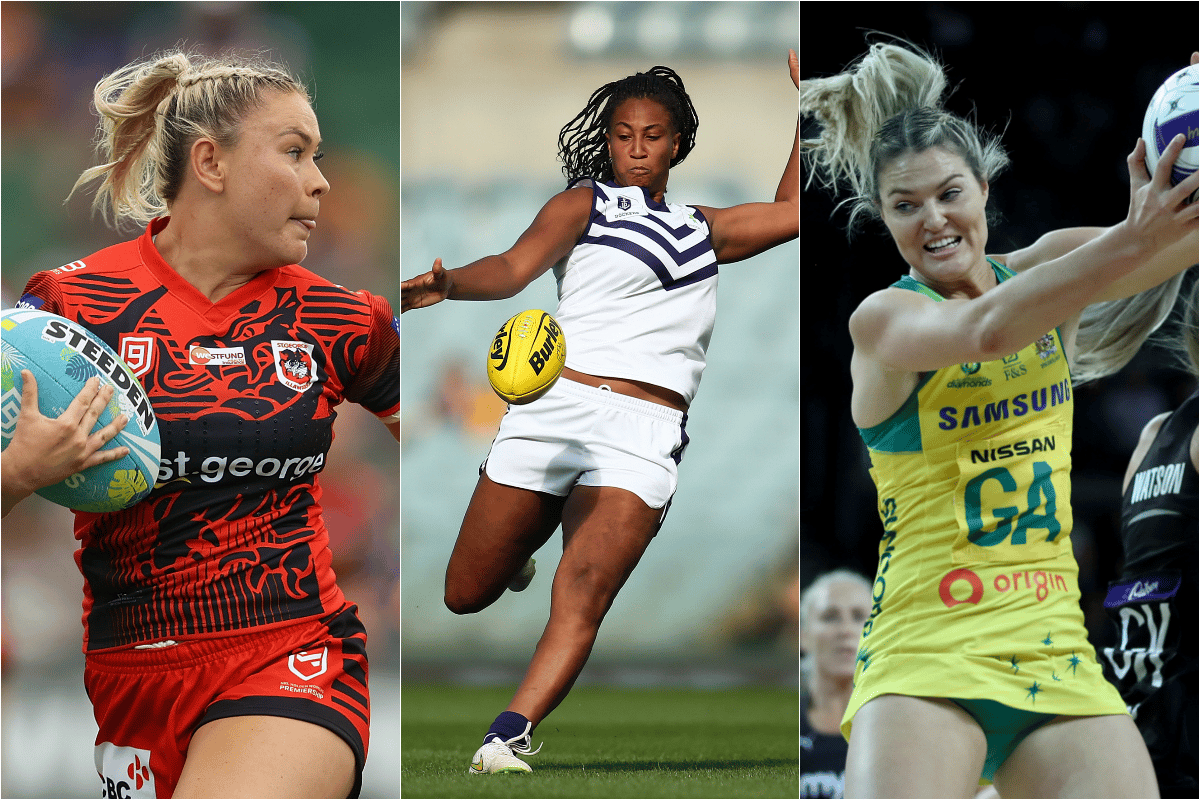
"What would it take to embed gender equality in the return of sport, rather than entrench the under-investment and the institutionalised neglect that women have suffered for the last 100 years?" former Matilda's player Moya Dodd asked on Monday night's episode of Q&A.
It's a question more of us should be asking. Why has the return of women's professional sport been so much slower compared to their male counterparts?
Not only that, but coverage of professional women's sport - compared to men's sport - has been minimal amid the coronavirus pandemic.
"It's just dropped completely off the agenda," sports broadcaster Tracey Holmes said on Q&A.
“All the sports programming and sports bulletins and results once again have gone back to five, six, seven years ago – it’s men, men, men, men, men.”
Has women’s sport lost momentum due to COVID-19? What would it take to embed gender equality in sport’s recovery? #QandA pic.twitter.com/BasKDAS8K8
— QandA (@QandA) June 15, 2020
Top Comments